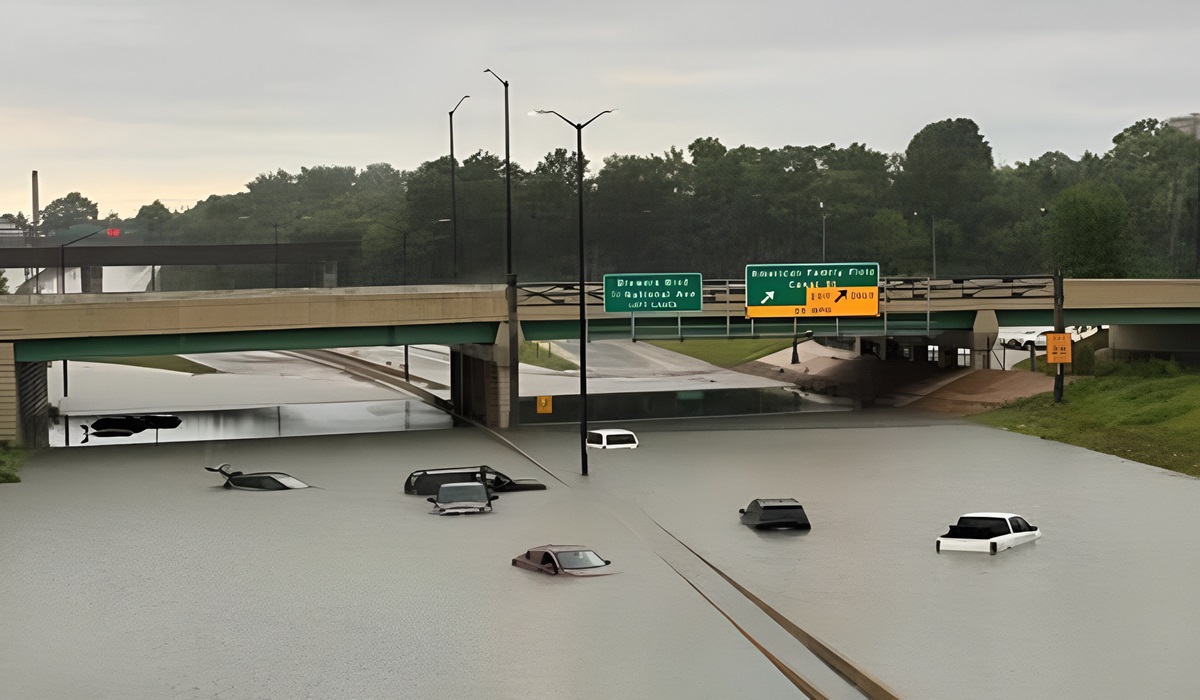Image Credit, Vilius Kukanauskas
Canada is finally getting high-speed rail. After years of stalled efforts and incremental upgrades to outdated infrastructure, the federal government has announced a transformational project: a high-speed rail system named Alto, which will connect Toronto and Quebec City. This marks the most significant investment in Canadian transportation history, a long-overdue commitment to modernizing how people travel within the country’s most populous corridor.
Spanning approximately 1,000 kilometers, Alto will operate at speeds of up to 300 km/h, with key stops in Peterborough, Ottawa, Montreal, Laval, Trois-Rivières, and Quebec City. The impact on travel times will be dramatic—Montreal to Toronto in just three hours, cutting existing times in half. For a corridor that houses 18 million people, generates 40 percent of Canada’s GDP, and is home to over 700,000 students, the benefits are immediate and far-reaching. High-speed rail will offer a long-needed alternative to congested highways and expensive, unreliable air travel.
This project will be spearheaded by Cadence, a consortium of companies with international expertise in rail infrastructure. Cadence is responsible for designing, financing, operating, and maintaining the system, ensuring that the project is developed with both efficiency and longevity in mind. Indigenous consultations, land acquisitions, and environmental assessments will be key components of the planning phase, aiming to address concerns before construction begins.
The economic impact is expected to be substantial. The government projects that high-speed rail will contribute up to $35 billion annually to GDP, create over 51,000 well-paying construction jobs, and provide a long-term productivity boost by facilitating faster business connections. Electrification of the rail line will also align with Canada’s climate goals, offering a cleaner, more sustainable travel option.
The move positions Canada alongside countries that have long recognized the value of high-speed rail. While nations like France, Japan, and China have invested heavily in fast, efficient train networks, Canada has lagged behind. Past proposals for high-speed rail were often shelved due to cost concerns or political inertia. However, with mounting frustrations over air travel, increasing congestion on major highways, and a growing emphasis on green infrastructure, the government has finally taken decisive action.
This announcement reflects a broader ambition to invest in large-scale projects that modernize the economy, improve mobility, and promote regional development. Beyond transportation, high-speed rail has the potential to reshape housing patterns, with smaller cities along the corridor becoming more viable for commuters who previously had few options beyond personal vehicles or slow, outdated trains.
Prime Minister Justin Trudeau called the project “nation-building,” while Transport Minister Anita Anand emphasized the direct benefits to passengers, including vastly reduced travel times and increased reliability. Alto’s CEO, Martin Imbleau, stressed that execution is just as critical as vision, highlighting the importance of working with industry leaders to ensure the project meets the highest standards.
For Canada, this is more than just a transportation upgrade—it’s a step toward a more connected, economically competitive, and environmentally responsible future. High-speed rail has long been a missing piece of the country’s infrastructure puzzle. Now, with Alto, that piece is finally falling into place.









